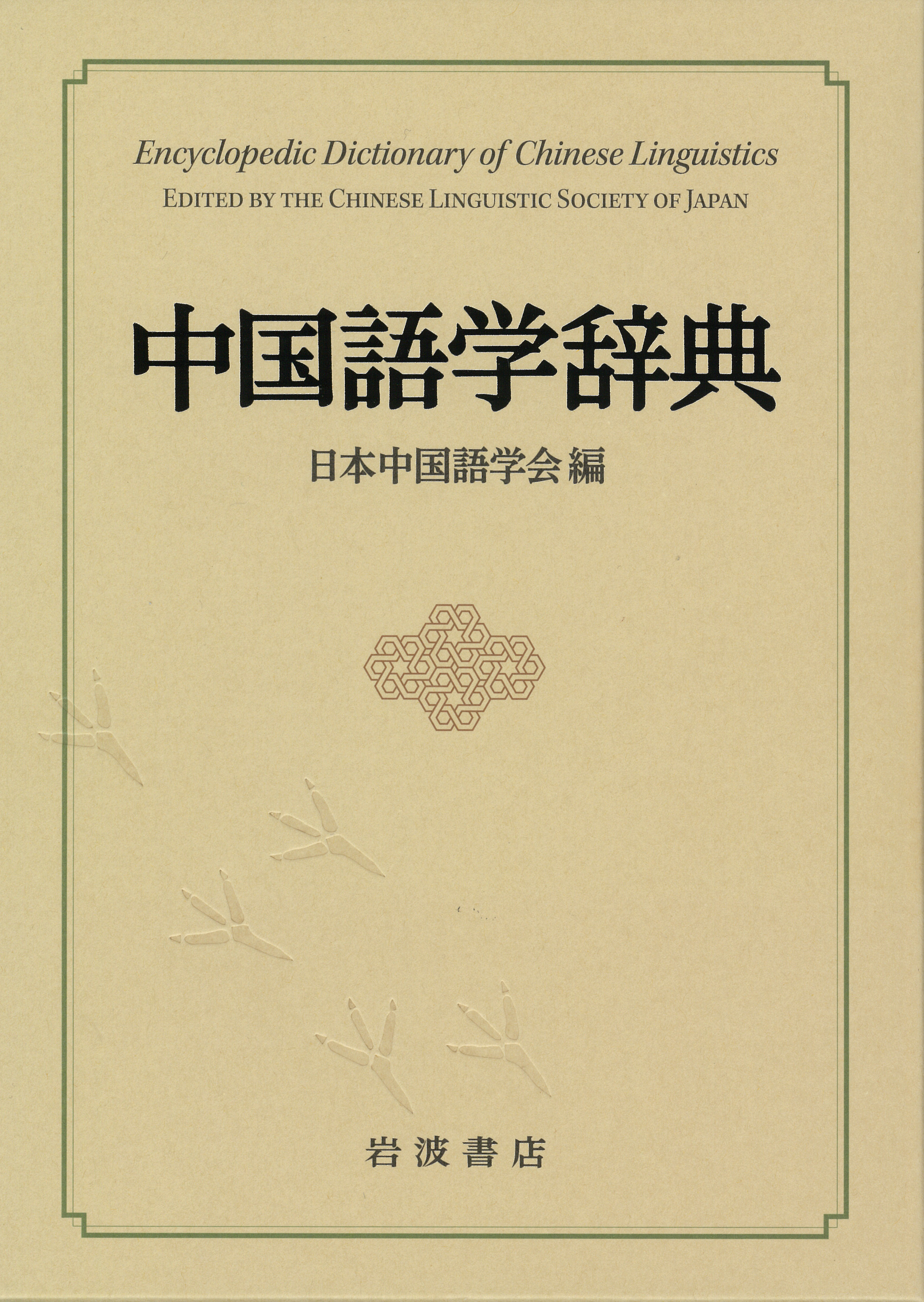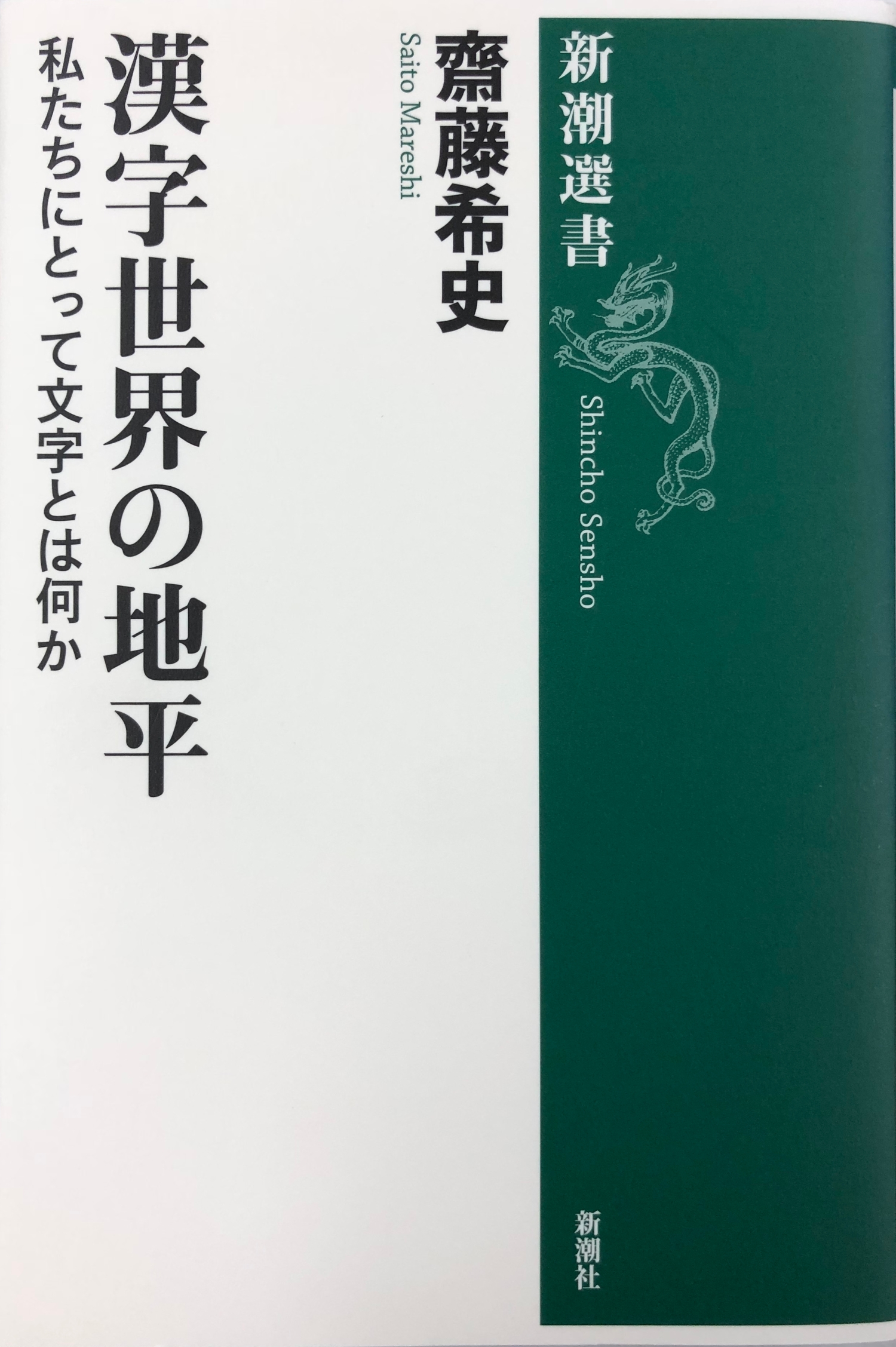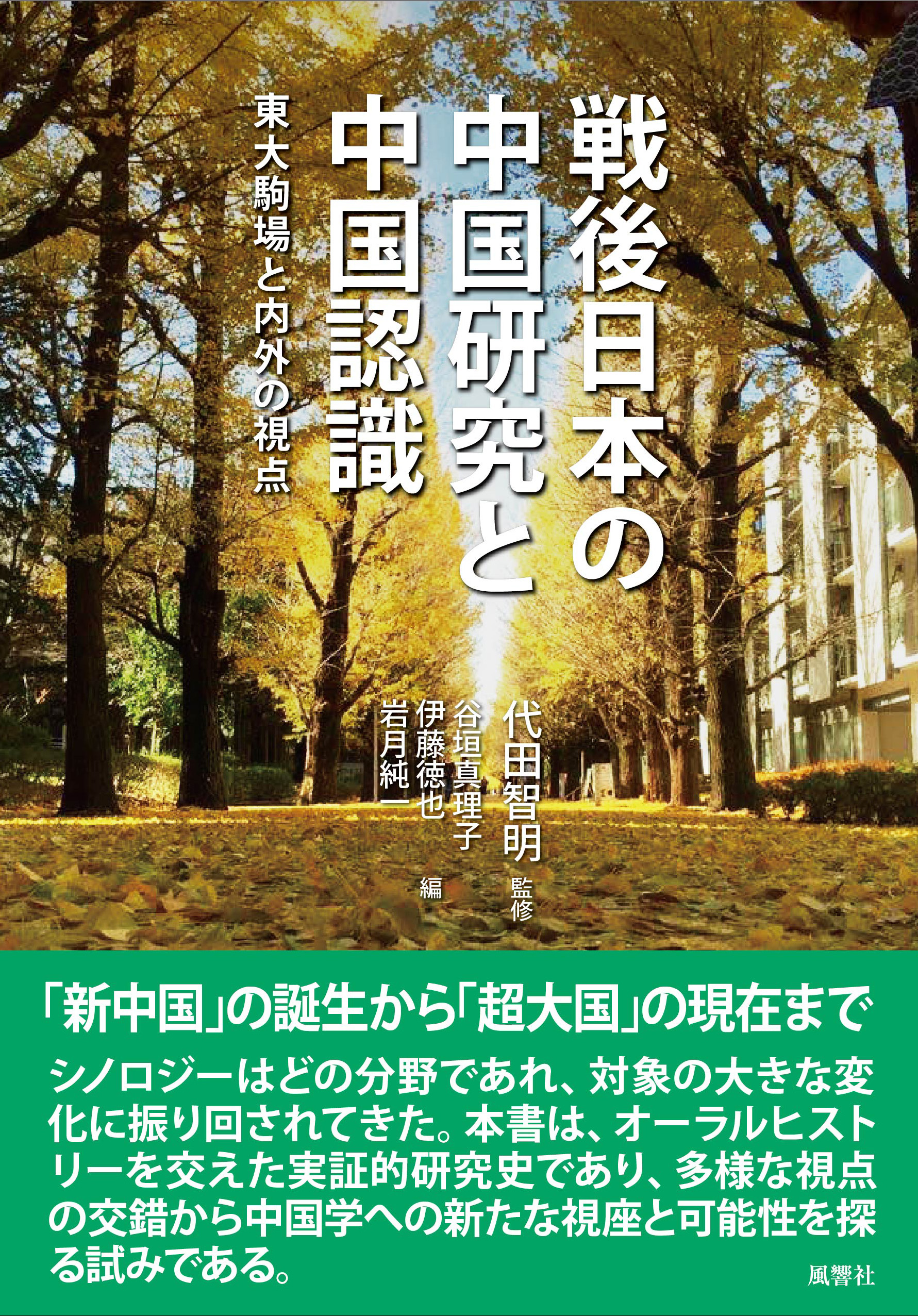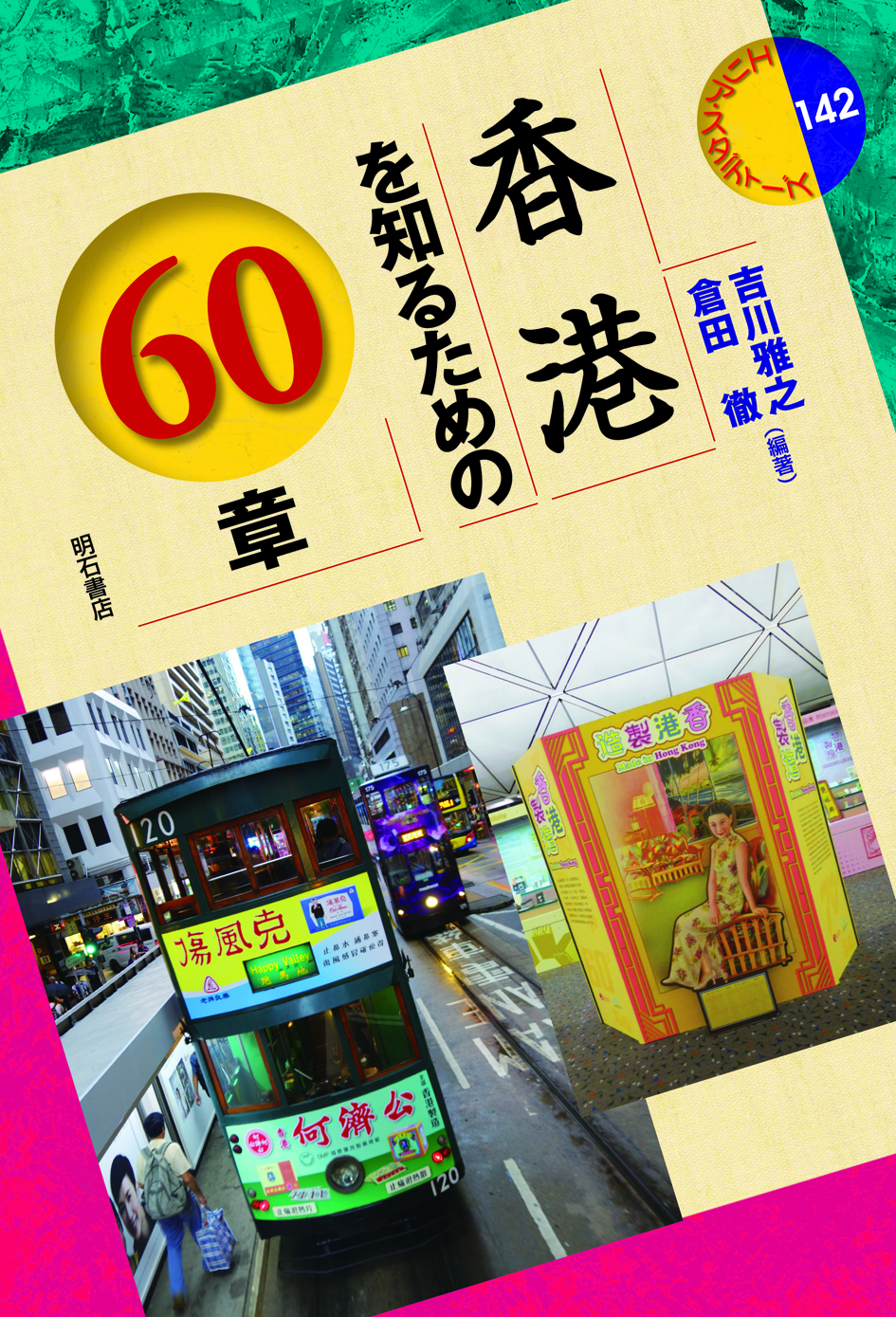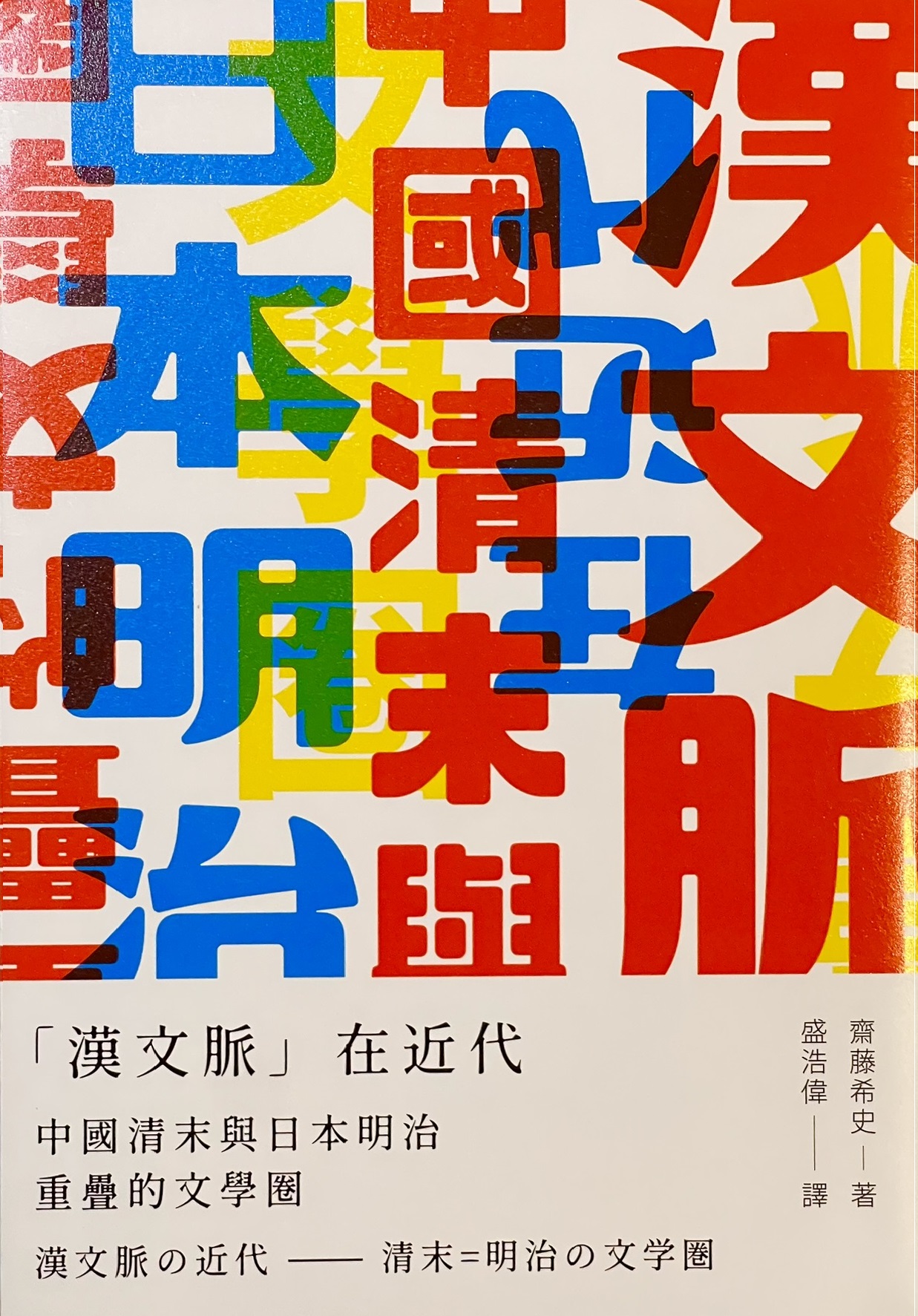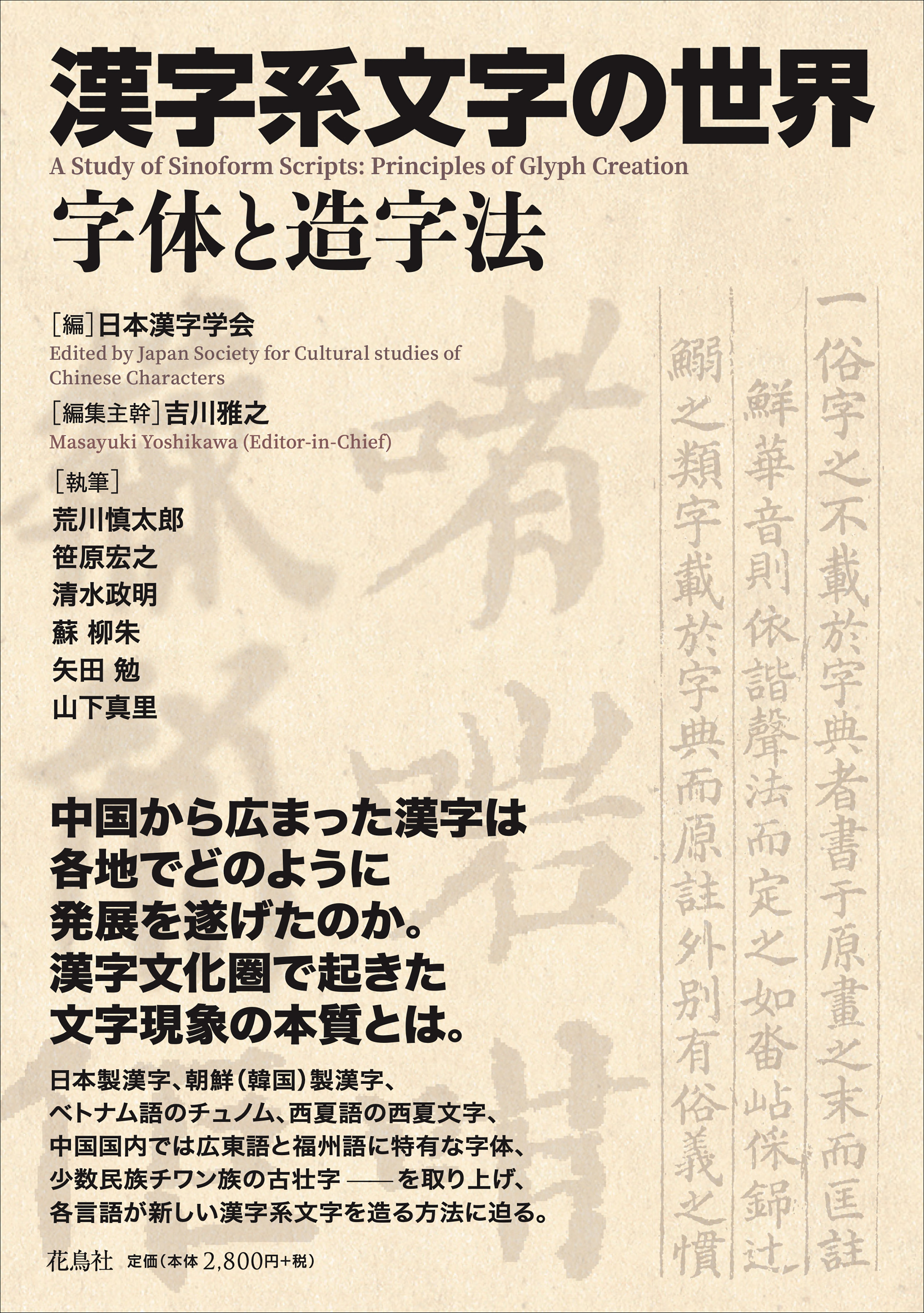
Title
Kanji-kei Moji no Sekai (A Study of Sinoform Scripts - Principles of Glyph Creation)
Size
184 pages, A5 format, softcover
Language
Japanese
Released
March 31, 2022
ISBN
978-4-909832-48-1
Published by
KACHOSHA
Book Info
See Book Availability at Library
Japanese Page
For those of us living in Japan, Chinese characters (or glyphs) are, like the two kana syllabaries, something with which we come into daily contact. Through the appropriate use of Chinese characters, Japanese modes of expressions are enriched and become more colourful. At the same time, for the absolute majority of people, Chinese characters are something they study at school, and they are generally required to accept the “norms” of the three aspects of a character, i.e., its shape, pronunciation, and meaning. Many people will no doubt have experienced nervousness in exams about minor differences in the strokes that make up characters. The Chinese characters studied under a rigidly uniform educational setting have been systematized.
However, contrary to this fixed appearance of Chinese characters, they represent a script that possesses productive, variable, and organic characteristics. Throughout history new character forms have continued to be created, and during this process variant and popular character forms have emerged. In addition, in areas surrounding the Sinographic cultural sphere distinctive glyphs have appeared under the influence of Chinese characters. The characters 畑 and 辻 were created in Japan, and the characters 𡗶 and 𠀧 were created in Vietnam. The existence of the principles of “glyph creation,” which bring together various constituent elements into a single glyph, are closely related to the creation of new glyphs and distinctive glyphic phenomena. In this book, we have endeavoured to discuss comprehensively the essence of Chinese characters as a writing script within the larger framework of “Sinoform scripts.”
“Sinoform scripts” as used in this book is a generic term that includes not only Chinese characters proper but also scripts that were created under their influence and individual Chinese characters that have been incorporated into scripts different from the Chinese script. These include the Tangut (or Xixia) script and Chinese glyphs that have been borrowed in the Naxi script (not taken up in this book), which is made up of both pictograms and logograms.
In the introductory chapter we discuss the biases inherent in traditional research on the history of writing scripts and their background, and we also discuss the significance of voicing our views in Japan on the subject of “Sinoform scripts.” Chapter 1 deals with glyphs that were created anew to represent non-mainstream languages in China, or the “internal others” of the Chinese language—in particular, Cantonese and Fuzhounese—using nineteenth-century texts as basic source material. In Chapter 2, the Old Zhuang script of the Zhuang language, the most widely spoken among the languages distributed between the spheres of the Chinese and Vietnamese languages, is taken up and an attempt is made to classify its methods of glyph creation. Chapter 3 takes up the Chữ Nôm script, which was used until about the mid-twentieth century to write Vietnamese, and discusses the classification of its glyphs on the basis of its methods of glyph creation, the frequency of the use of these different methods, and the processes behind glyph creation. Chapter 4 takes up the Tangut script that was used by the Xixia dynasty, which ruled northwestern China in the eleventh to thirteenth centuries, and discusses its systemicity, the functions of the script, derivative glyphs, and composite glyphs. Chapter 5 takes up glyphs created in Japan and Korea and discusses their history, methods of glyph creation, and their relationship with Chinese characters proper. In the final chapter, we undertake a cross-sectional comparison of the above five Sinoform scripts from various angles and shed light on commonalities and differences. The variety of scripts and number of items covered in this cross-sectional comparison are unparalleled.
The contributors to this book all ultimately hope to proceed through the medium of Sinoform glyphs to the question of what writing scripts represent for human beings, a question that requires a global perspective. We hope that readers of this book will gain the opportunity to think about this question together with the contributors.
(Written by YOSHIKAWA Masayuki, Professor, Graduate School of Arts and Sciences / 2022)
Related Info
Japan Society for cultural studies of Chinese Characters
https://jsccc.org/



 Find a book
Find a book



